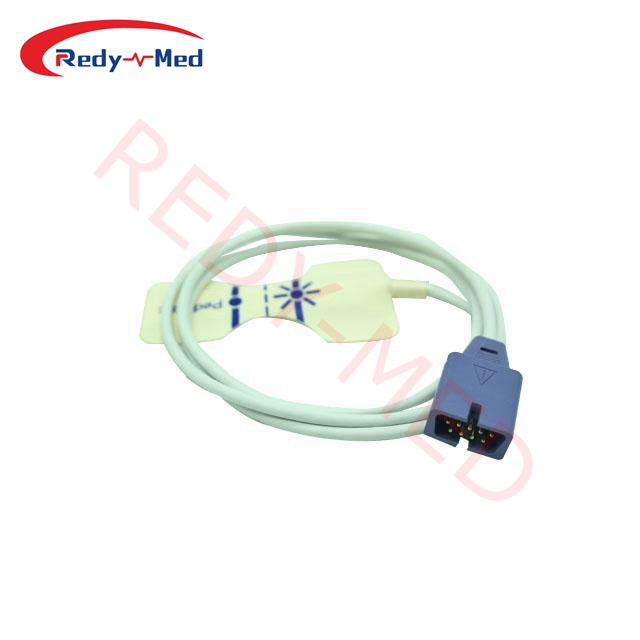
SPO2 Probe: An Important Tool for Infant Blood Oxygen Monitoring
2024-03-21 00:04:27
The Significance of SPO2 Probe in Infant Blood Oxygen Monitoring

In the field of pediatric medicine, the monitoring of blood oxygen levels plays a vital role in assessing the health and well-being of infants. One of the most important tools used for this purpose is the SPO2 (oxygen saturation) probe. It provides accurate and real-time data regarding the oxygen saturation levels in a non-invasive manner, making it an indispensable device in neonatal care units. This article aims to shed light on the significance, functionality, and benefits of the SPO2 probe in infant blood oxygen monitoring.
1. Understanding the SPO2 Probe
The SPO2 probe is a small, lightweight device that is typically attached to a baby's foot, hand, or earlobe. It uses light spectrophotometry to measure the oxygen saturation in the blood. The probe emits two wavelengths of light, one red and one infrared, and calculates the oxygen saturation by analyzing the amount of light absorbed by the blood. It provides a digital reading, usually displayed as a percentage, indicating the percentage of oxygen-saturated hemoglobin in the blood.
2. Benefits of the SPO2 Probe
The use of SPO2 probes offers several benefits in monitoring the oxygen levels in infants. Firstly, it provides real-time data, allowing healthcare professionals to assess the oxygenation status promptly. This enables early detection of any potential oxygen deficiencies or respiratory issues, ensuring timely interventions and treatments. Furthermore, the SPO2 probe is non-invasive and painless, minimizing discomfort for infants while providing accurate readings. It is also portable and easy to use, making it suitable for continuous monitoring during transportation or home care.
3. Clinical Applications of SPO2 Probe
The SPO2 probe finds wide-ranging clinical applications in the pediatric setting. It is extensively used during routine check-ups, post-operative care, and in critical conditions such as respiratory distress syndrome, pneumonia, and congenital heart diseases. The SPO2 probe helps healthcare providers monitor the effectiveness of treatments, evaluate the need for supplemental oxygen, and assess the overall well-being of the infant. Additionally, it aids in diagnosing conditions like sleep apnea and guiding the implementation of appropriate interventions.
Conclusion
The SPO2 probe has revolutionized the field of infant blood oxygen monitoring by providing accurate, non-invasive, and real-time data. Its ability to assess oxygen saturation levels in a painless manner enables early detection of potential respiratory issues and facilitates prompt interventions. Whether it is for routine check-ups or critical care, the SPO2 probe has become an essential tool in neonatal care units worldwide, improving the quality of care and ensuring better health outcomes for infants.
Get the latest price? We'll respond as soon as possible(within 12 hours)




